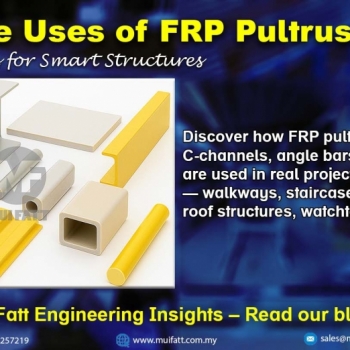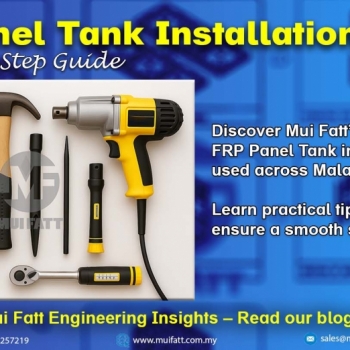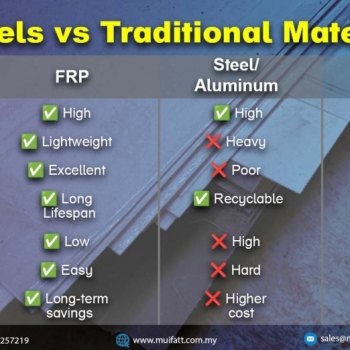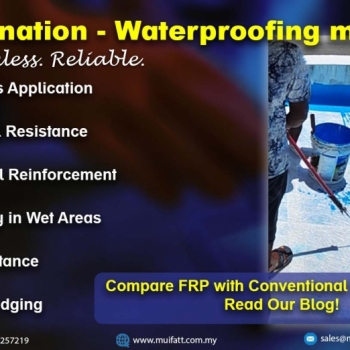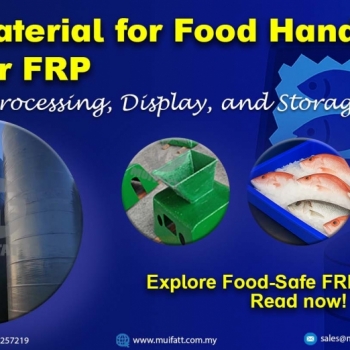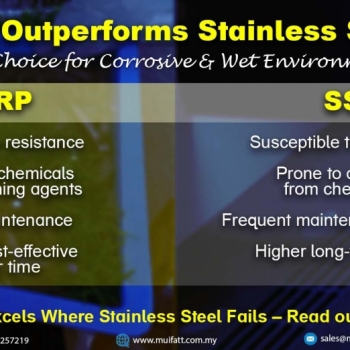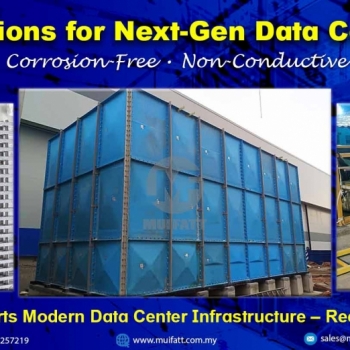FRP pultruded profiles are reshaping structural possibilities across Malaysia. From STP staircases to public park shelters, explore how these modular components enable custom FRP solutions—only from Mui Fatt.
Relationship between Polymer Science and Mechanical (Composite Materials)
24 Feb 2023
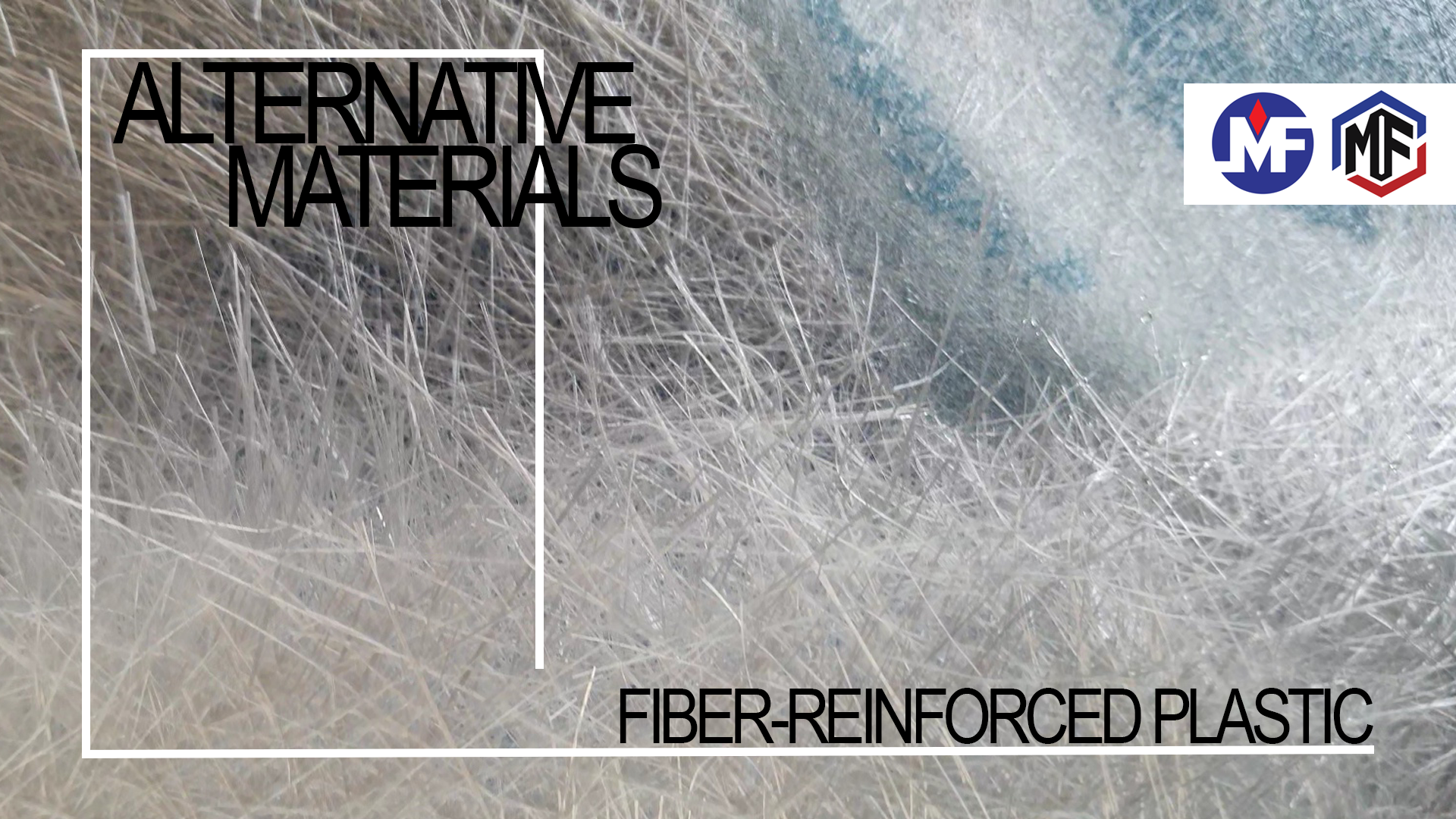
Fiberglass (or glass-reinforced plastic) is a type of thermoset polymer. It is Epoxy, Resin, or Vinlyester, or a Thermoplastic Polymer that has been reinforced with Glass Fibers.
 Polymer composites are a combination of polymers (eg. Thermosets or Thermoplastics) with various continuous and non-continuous reinforcements/fillers (In Mui Fatt’s business – Glass Fibers), principally added to polymers to improve the material performance. Polymer composites are increasingly being used in various engineering fields. For instance, chemical/petrochemical, power, water/wastewater, microelectronic, pharmaceutical, residential and municipal councils.
Polymer composites are a combination of polymers (eg. Thermosets or Thermoplastics) with various continuous and non-continuous reinforcements/fillers (In Mui Fatt’s business – Glass Fibers), principally added to polymers to improve the material performance. Polymer composites are increasingly being used in various engineering fields. For instance, chemical/petrochemical, power, water/wastewater, microelectronic, pharmaceutical, residential and municipal councils.
Who is required in this area?
Experts needed for fiberglass manufacturing includes Polymer Science Engineer and Mechanical Engineer (specifically in Composite Materials). Let’s differentiate the responsibilities for both.
 Routine for Polymer Science Engineer covers but not limited to material selection (matching material to application requirements especially), formulation and processing, quality control and testing, research and development (ideally in developing new materials and tools for use in fiberglass composites), and troubleshooting.
Routine for Polymer Science Engineer covers but not limited to material selection (matching material to application requirements especially), formulation and processing, quality control and testing, research and development (ideally in developing new materials and tools for use in fiberglass composites), and troubleshooting.
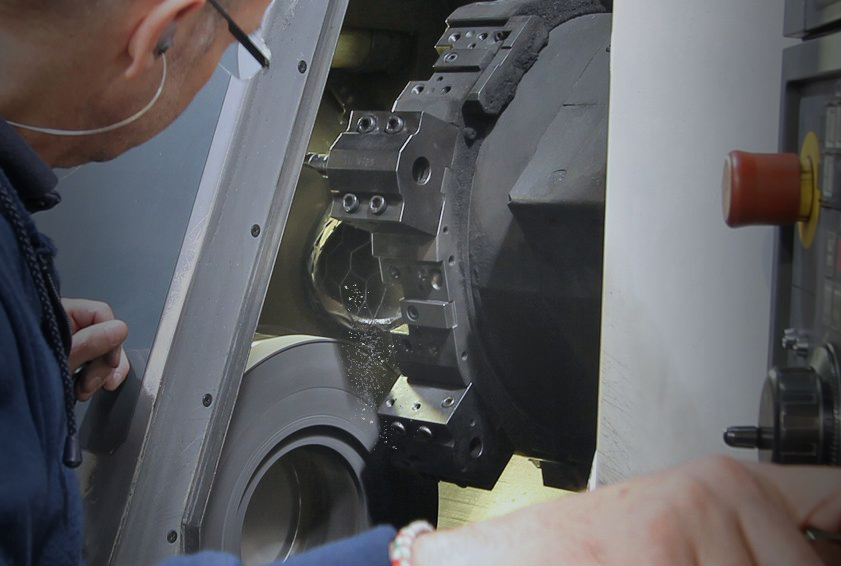 Where Mechanical Engineer play an important role in the development, design, and analysis of fiberglass composite. This includes determining the appropriate material and thickness for the components, develop and implement testing and validation procedures to ensure the fiberglass composite meets the desired specifications and is free of defects. In case there is a failure or defect, mechanical engineer will conduct a failure analysis to determine the root cause and develop corrective actions to prevent future occurrences.
Where Mechanical Engineer play an important role in the development, design, and analysis of fiberglass composite. This includes determining the appropriate material and thickness for the components, develop and implement testing and validation procedures to ensure the fiberglass composite meets the desired specifications and is free of defects. In case there is a failure or defect, mechanical engineer will conduct a failure analysis to determine the root cause and develop corrective actions to prevent future occurrences.
In general, while Polymer Science Engineer and Mechanical Engineer (Composite Material) have different areas of expertise, their skills and knowledge can certainly complement each other in the context of fiberglass manufacturing. One helping to select the appropriate materials, optimizing the processing parameters, ensuring quality control, conducting research and development, and troubleshooting any issues that may arise. Another, ensuring that the components and structures are designed and manufactured to meet the required specifications and perform to the intended standards. Their expertise in design, analysis, and testing can help to optimize the manufacturing process, improve the product quality, and enhance the overall performance of fiberglass composites.

We are having open recruitment for both Polymer Science Engineer and Mechanical Engineer (Composite Materials) currently. Fresh Graduates from Diploma or Degree are encouraged to apply. Understand more from Mui Fatt Open Recruitment
Disclaimer:-
The information provided on this website is for general informational purposes only and does not constitute legal advice. While we strive to ensure the accuracy and reliability of the information provided, we make no representations or warranties of any kind, express or implied, about the completeness, accuracy, reliability, suitability, or availability concerning the information contained herein. Any reliance you place on such information is therefore strictly at your own risk. This website may contain links to other third-party websites. Such links are only for the convenience of the reader, user, or browser; which we do not warrant, recommend, endorse, or assume liability for the contents of the third-party sites.
Keep in touch with us should you be keen on receiving timely updates from us
- Website - https://www.muifatt.com.my/home/
- Facebook - https://www.facebook.com/muifattmarketing
- Instagram - https://www.instagram.com/muifattmarketing/
- Google - https://goo.gl/maps/WxVY13gNcaRTS7Jp6
- Youtube - http://www.youtube.com/@MuiFattMarketing
- TikTok - https://www.tiktok.com/@muifattmarketing
- LinkedIn - https://www.linkedin.com/company/mui-fatt-marketing-sdn-bhd-
- Linktree - https://linktr.ee/muifattmarketing
- Shopee - https://www.shopee.com.my/muifattmarketing
- Lazada - https://www.lazada.com.my/shop/mui-fatt-marketing
Recent Blog
Mui Fatt Engineering Insights - FRP Panel Tank Installation
Get to know the step-by-step assembly process of FRP sectional panel tanks, based on Mui Fatt’s industry-proven practices. This easy-to-digest guide is ideal for project managers, contractors, and technical personnel involved in water storage tank installation across Malaysia.
FRP Panels vs Traditional Alternatives: The Ultimate Guide to Durability and Sustainability
Explore why FRP (Fiberglass-Reinforced Plastic) panels outperform traditional materials like steel, plywood, and PVC in durability, sustainability, and cost-effectiveness. Discover real-world applications in MyKiosk projects and cold truck panel assembly, where FRP’s superior insulation, corrosion resistance, and lightweight properties deliver long-term benefits.
Comparing FRP Waterproofing with Traditional Systems
Is FRP lamination a better waterproofing method than traditional systems? Explore this complete guide with real project examples and see why FRP is gaining traction across Malaysia.
Benefits of FRP in Food Handling & Processing
With hygiene, durability, and corrosion resistance at its core, FRP (Fibreglass Reinforced Plastic) is becoming a preferred material in the food industry. This article explores why FRP is ideal for food handling equipment such as supermarket fish trays, water tanks, and food factory platforms, plus how Mui Fatt is delivering proven solutions through its successful FRP applications.
Mui Fatt Insights: Advanced Materials for Modern Needs
Is stainless steel the best for wet areas? This article explains why more industries are switching to FRP for its corrosion resistance, hygiene benefits, and longevity, especially in food displays and chemical exposure zones.
How FRP Supports Modern Data Center Infrastructure
Discover how fiberglass-reinforced plastic (FRP) is reshaping data center construction. Learn its key advantages, comparisons with other materials, and where to apply FRP—from rooftop chillers to cooling tanks.
Understanding FRP Filament Winding: Process, Benefits & Comparison
This article explores the FRP filament winding manufacturing method, how it differs from other FRP techniques, why it’s still widely used, and its long-term value for projects like high-strength tanks and cylinders.
